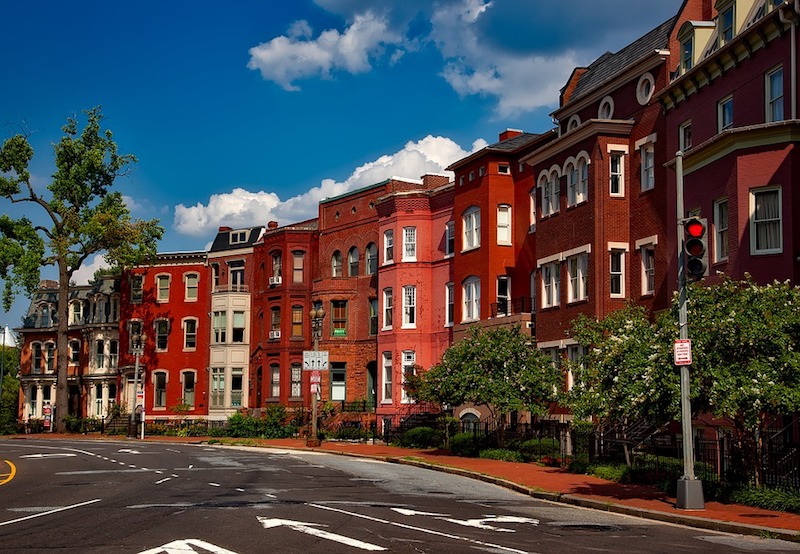A recent audit of Washington, D.C.’s First Source mandate that requires local workers be given employment preference on construction projects funded with tax dollars shows that the requirement is not being met.
According to a report in the Washington Times, contractors and developers are not meeting program guidelines, and that the Department of Employment Services (DOES) is not making sure that companies are in compliance. Companies constructing projects of $300,000 to $5 million are required to hire 51% local residents.
On projects valued at more than $5 million, contractors must meet a higher percentage of local workers in multiple categories. Construction industry groups say the program paperwork is too burdensome. They also contend there is a shortage of skilled workers within the District.
Lack of affordable housing is forcing the First Source-qualified employees that once lived in D.C. to move to the suburbs, contractors say.
Related Stories
Codes and Standards | Oct 25, 2018
Low-income neighborhoods could benefit most from green roofs
Those areas face the biggest risk from extreme heat.
Codes and Standards | Oct 24, 2018
Building design critical to prevent school shootings
Safety must be balanced with welcoming environment.
Codes and Standards | Oct 23, 2018
Codes in Florida Panhandle made buildings vulnerable to Hurricane Michael
Less stringent codes in northern parts of state linked to devastation.
Codes and Standards | Oct 19, 2018
Global Green Tag production certification standard will launch in U.S. at end of year
Australian program recognized by WELL, claims compliance with LE.
Codes and Standards | Oct 18, 2018
Federally-backed rebuilding of public buildings often leaves them vulnerable to future storms
FEMA dollars pay for reconstruction, but local decision-makers ignore climate change impacts.
Codes and Standards | Oct 17, 2018
Philadelphia plumbing code will now allow for more use of plastic pipes in high rises
Of the 50 largest U.S. cities, Philadelphia is one of just six that still require metal pipes.
Codes and Standards | Oct 16, 2018
New Disaster Recovery Reform Act will support adoption of updated building codes
Provides incentives for communities to modernize and enforce codes.
Codes and Standards | Oct 12, 2018
Boston ‘housing emergency’ prompts regional initiative for new residential construction
Mayors of 15 cities set goal of 185,000 new homes by 2030.
Codes and Standards | Oct 11, 2018
On-site staff key to energy benchmarking project for property management company
Manager training, data sharing are critical to meeting 20% utility cost reduction goal.
Codes and Standards | Oct 10, 2018
Interactive heat maps track temperature ranges in U.S. cities
Urban heat island effect can vary by as much as 37°F in the same city.

















